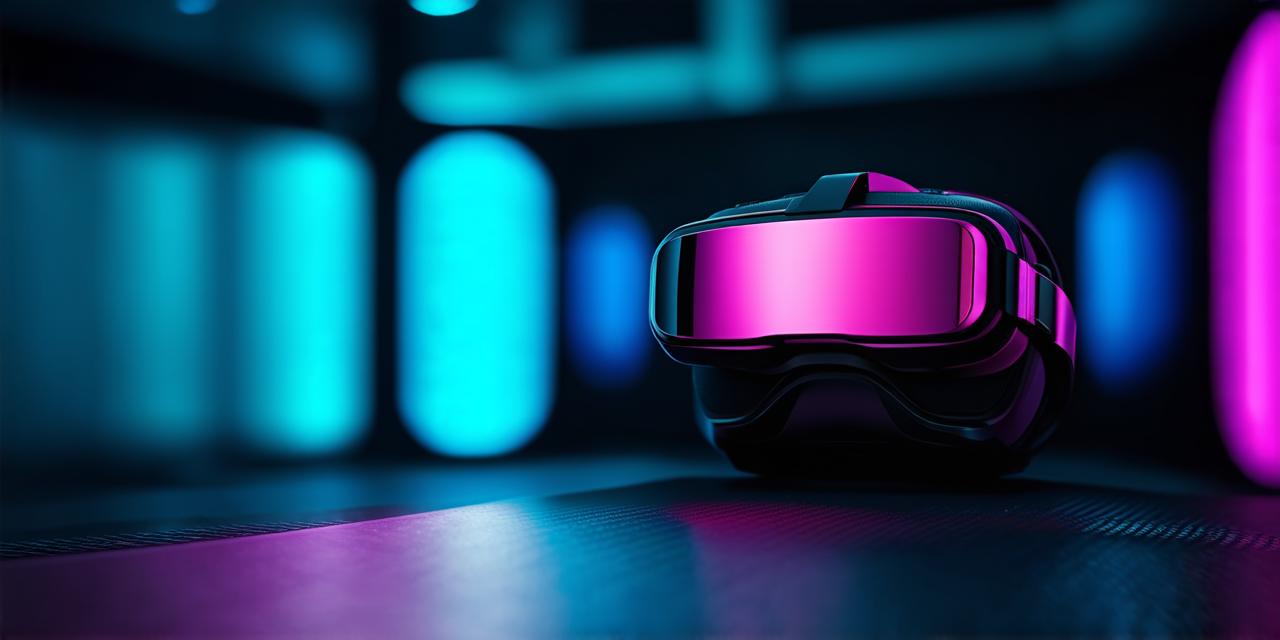As virtual reality (VR) technology continues to advance, more and more users are exploring the potential of immersive, room-scale environments. However, achieving accurate positional tracking in these environments can be a challenge, leading to disorientation and decreased user experience. In this article, we will explore some tips and tricks for enhancing positional accuracy in VR headset room-scale environments, using case studies and expert opinions to provide practical insights.
Understanding Positional Accuracy
Before diving into the strategies for enhancing positional accuracy, it is important to understand what positional accuracy means in the context of VR. Positional accuracy refers to the degree to which a user’s position in a virtual environment accurately reflects their real-world location. In other words, if a user moves around in their physical space, they should see themselves moving accurately within the virtual environment.
The Importance of Accurate Positional Tracking
Accurate positional tracking is crucial for creating a truly immersive VR experience. If users feel disoriented or unable to move around freely in the virtual environment, they are likely to become frustrated and stop using the technology altogether. Additionally, accurate positional tracking can be particularly important for training and simulation applications, where the user’s position needs to accurately reflect their physical location.
Tips for Enhancing Positional Accuracy
1. Optimize Your Tracking System
The first step in achieving accurate positional tracking is to optimize your tracking system. This can involve a variety of factors, such as the type and placement of sensors, the size and layout of the room-scale environment, and the software used to track user movement.
2. Use Multiple Sensors
One effective way to improve positional accuracy is to use multiple sensors to track user movement. This can involve using a combination of infrared, ultrasonic, and magnetic sensors, as well as other technologies such as motion capture or optical tracking.
3. Optimize Your Environment
The physical environment in which you are using VR can also have a significant impact on positional accuracy. Some factors that can affect tracking include the size and shape of your room, the presence of obstacles or furniture, and the lighting conditions.
4. Use Calibration Tools
Calibration tools can be used to ensure that your VR setup is properly aligned and calibrated for accurate tracking. These tools may involve adjusting the position of sensors or other components, as well as fine-tuning software settings to optimize performance.
5. Use Realistic Textures and Environments
Using realistic textures and environments can also help to enhance positional accuracy in VR. When users are immersed in a highly detailed and believable virtual environment, they are more likely to feel as if they are truly moving through space, leading to a smoother and more enjoyable experience.
Case Studies: Enhancing Positional Accuracy in Real-World Applications
One example of a company that has successfully enhanced positional accuracy in VR is Oculus. In 2017, the company released the Oculus Quest, a standalone VR headset that uses advanced tracking technology to provide accurate and seamless movement.
